- Size
- Smallest
- Small
- Small to Medium
- Medium
- Large
- Giant
- Characteristics
- Smartest
- Hypoallergenic
- Fluffy
- Best Guard
- Best Family
- Best for Kids
- Low Shedding
- Healthiest
- Police Dogs
- Most Calm
- Quietest
- Color
- White
- Black
- Grey
- Brown
- Blue
- Red
- Coat
- Hairless
- Short
- Long
- Origin
- Japan
- China
- Australia
- Germany
- Italy
- United States
- France
- Group
- Hound
- Terrier
- Herding
- Toy
- Working
- Sporting
The Slowest Flying Birds (American Woodcock, only 5 mph)
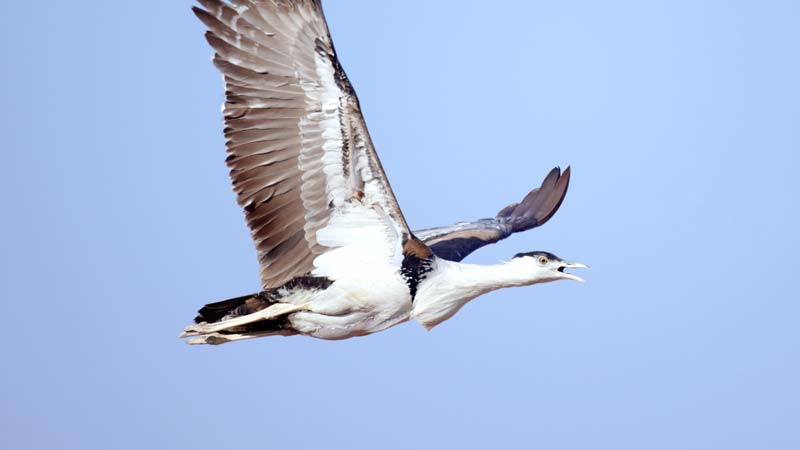
Photo by Simerpreet Cheema on Unsplash
In the vast and diverse realm of avian species, flight comes in various forms. Some birds are renowned for their soaring speeds and aerial acrobatics, while others take a more leisurely approach to the skies. Among these diverse fliers, certain birds exhibit remarkably slow flight, showcasing a different aspect of avian elegance and efficiency. in this article, delve into the world of the slowest-flying birds, where grace, precision, and unhurried movements reign supreme.
Exploring Avian Flight and Speed
Flight in birds is a remarkable adaptation, enabling them to navigate through different environments, find food, evade predators, and migrate across vast distances. Speed in flight is often associated with falcons, swifts, and other streamlined species that achieve astonishing velocities.
However, at the other end of the spectrum, some birds have evolved flight strategies that prioritize stability, energy conservation, and precision over sheer speed. These birds exhibit a unique grace and deliberate pace, embodying the essence of unhurried flight.
The Slowest Flying Birds: Slow and Steady
The slowest birds in the world are typically those that exhibit extremely leisurely flight speeds or are known for their slow and deliberate aerial movements. While exact speed measurements can vary based on different sources and studies, several birds are recognized for their notably slow flight speeds:
Here are the slowest-flying birds in the world and their flight data:
#1. American Woodcock (Scolopax minor):
Average Speed: Estimated to be around 5 to 10 miles per hour (8 to 16 kilometers per hour).
Flight Speed: Slow, fluttering flight primarily observed during courtship displays.
The American Woodcock, a shorebird with a distinctive long bill, exhibits slow, fluttering flight. Their flight, accompanied by distinctive twittering sounds, is an elaborate courtship display rather than a mode of rapid movement. Despite their leisurely flight, these birds demonstrate aerial acrobatics during courtship displays.
#2. Eurasian Woodcock (Scolopax rusticola):
Average Speed: Comparable to the American Woodcock, estimated around 5 to 10 miles per hour (8 to 16 kilometers per hour).
Flight Style: Similar to the American Woodcock, characterized by slow, fluttering flight.
Similar to its American counterpart, the Eurasian Woodcock displays slow, fluttering flight. They often inhabit wooded areas and display similar courtship flights, showcasing their deliberate and mesmerizing aerial movements.
#3. Black-crowned Night Heron (Nycticorax nycticorax):
Average Speed: During flight, this species maintains a speed ranging between 18 to 21 miles per hour (approximately 8 to 9.4 meters per second).
Flight Style: Leisurely flight over marshes and wetlands.
Similar to the Great Blue Heron, the Black-crowned Night Heron exhibits leisurely flight patterns over marshes and wetlands. Their slow flight complements their nocturnal hunting habits.
#4. Kori Bustard (Ardeotis kori):
Average Speed: Estimated around 20 to 25 miles per hour (32 to 40 kilometers per hour).
Flight Pattern: Slow, heavy flight with short glides and flapping.
The Kori Bustard, a large terrestrial bird, displays slow, heavy flight. Their flight patterns involve short glides, punctuated by flapping, and are primarily used for short-distance travel.
#5. Great Blue Heron (Ardea herodias):
Average Speed: These birds cruise at a leisurely pace, averaging around 20 to 30 miles per hour (32 to 48 kilometers per hour) during flight. Their slow and deliberate flight complements their hunting behavior in marshy areas.
Flight Characteristics: Deliberate flight, often seen gliding over wetlands and marshes.
The Great Blue Heron, a large wading bird, displays slow, deliberate flight, often seen gliding majestically over wetlands and marshes. Their broad wings and slow wingbeats allow them to navigate these environments with grace.
Factors Influencing Slow Flight
Body Morphology:
Birds with larger bodies relative to their wing size or those with broad wings might exhibit slower flight. This design aids in achieving stability and precision rather than speed.
Hunting Strategies:
Some birds, despite being capable of faster flight, exhibit slow, deliberate flight when hunting or navigating through complex environments. This deliberate pace aids in their hunting strategies and precision movements.
Courtship Displays:
In certain bird species, slow, fluttering flights are part of elaborate courtship displays rather than modes of rapid transport. These displays showcase agility, grace, and deliberate movements.
Conclusion: Celebrating the Art of Leisurely Flight
While speed often captures attention in the world of avian flight, the slowest flying birds offer a different perspective—a showcase of deliberate movements, precision, and grace. Their flight patterns, though unhurried, are masterful displays of efficiency and elegance tailored to their specific environments, hunting strategies, and courtship rituals. These leisurely fliers remind us that in the realm of flight, it's not always about the speed but the artistry and purpose behind each deliberate movement in the skies.
You May Also Like
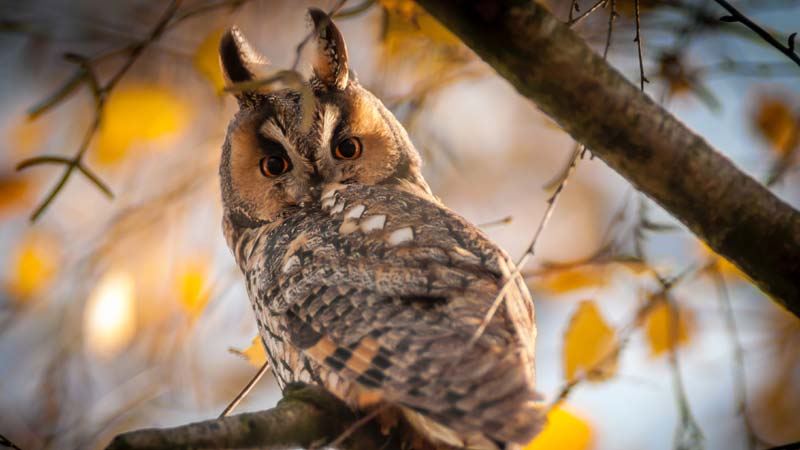 Other TopicsOwning Owls as Pets in Canada: Legalities and Considerations
Other TopicsOwning Owls as Pets in Canada: Legalities and Considerations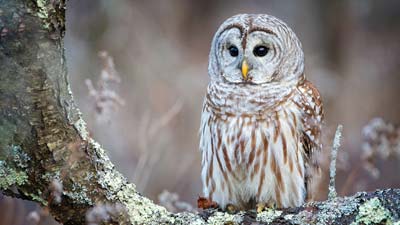 Other TopicsWhy Owls Are Not Suitable Pets: The Interplay of Law and Ethics
Other TopicsWhy Owls Are Not Suitable Pets: The Interplay of Law and Ethics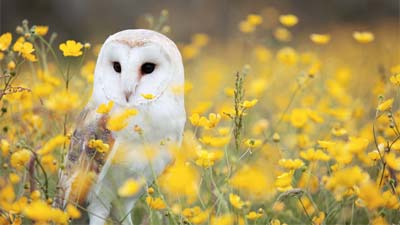 Other TopicsThe Legality of Owning Owls: Understanding the Laws and Ethics
Other TopicsThe Legality of Owning Owls: Understanding the Laws and Ethics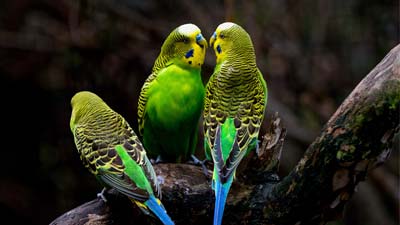 Other Pets, Pet Birds8 Easy-to-Care-for Pet Bird Species for Beginners
Other Pets, Pet Birds8 Easy-to-Care-for Pet Bird Species for Beginners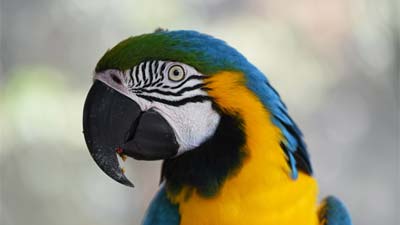 Other Pets, Pet BirdsThe Pionus Parrot: A New Owner's Guide (What To Know)
Other Pets, Pet BirdsThe Pionus Parrot: A New Owner's Guide (What To Know)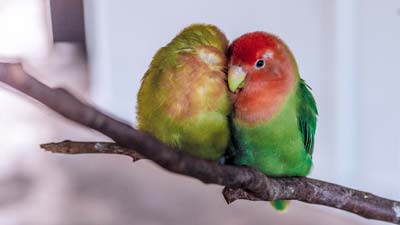 Other Pets, Pet BirdsThe Lovebird: A New Owner's Guide (What To Know)
Other Pets, Pet BirdsThe Lovebird: A New Owner's Guide (What To Know)